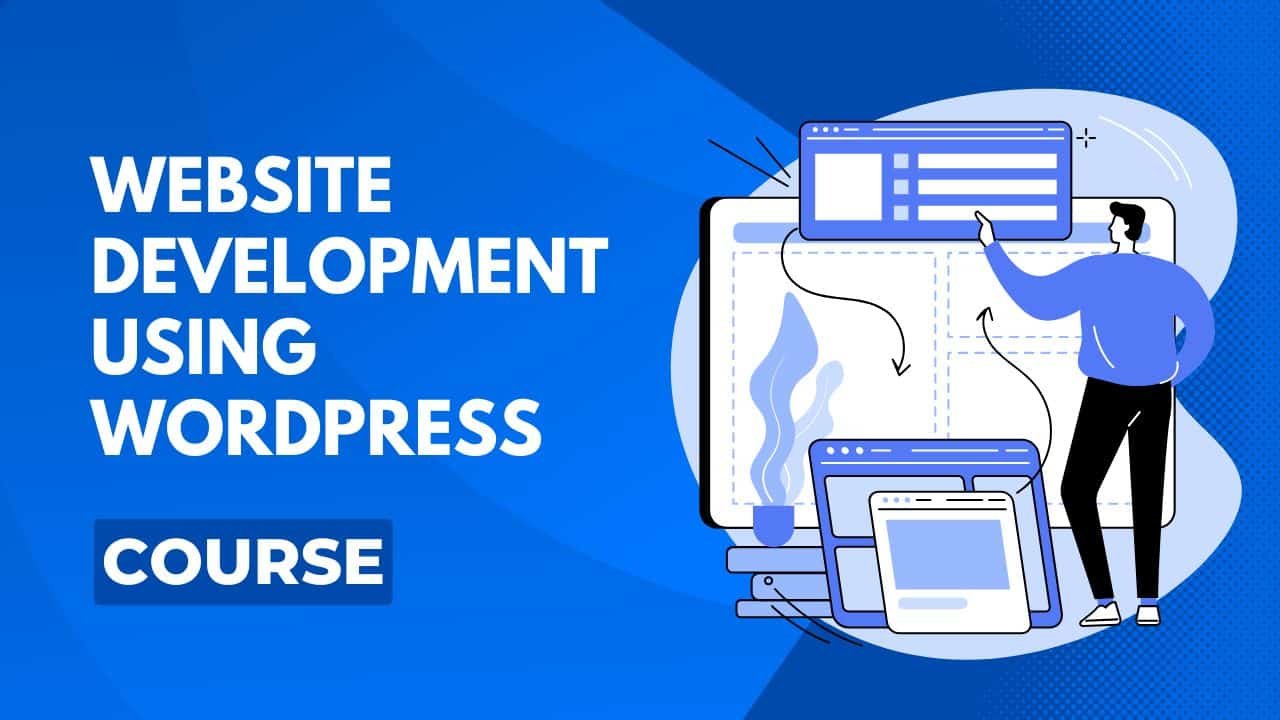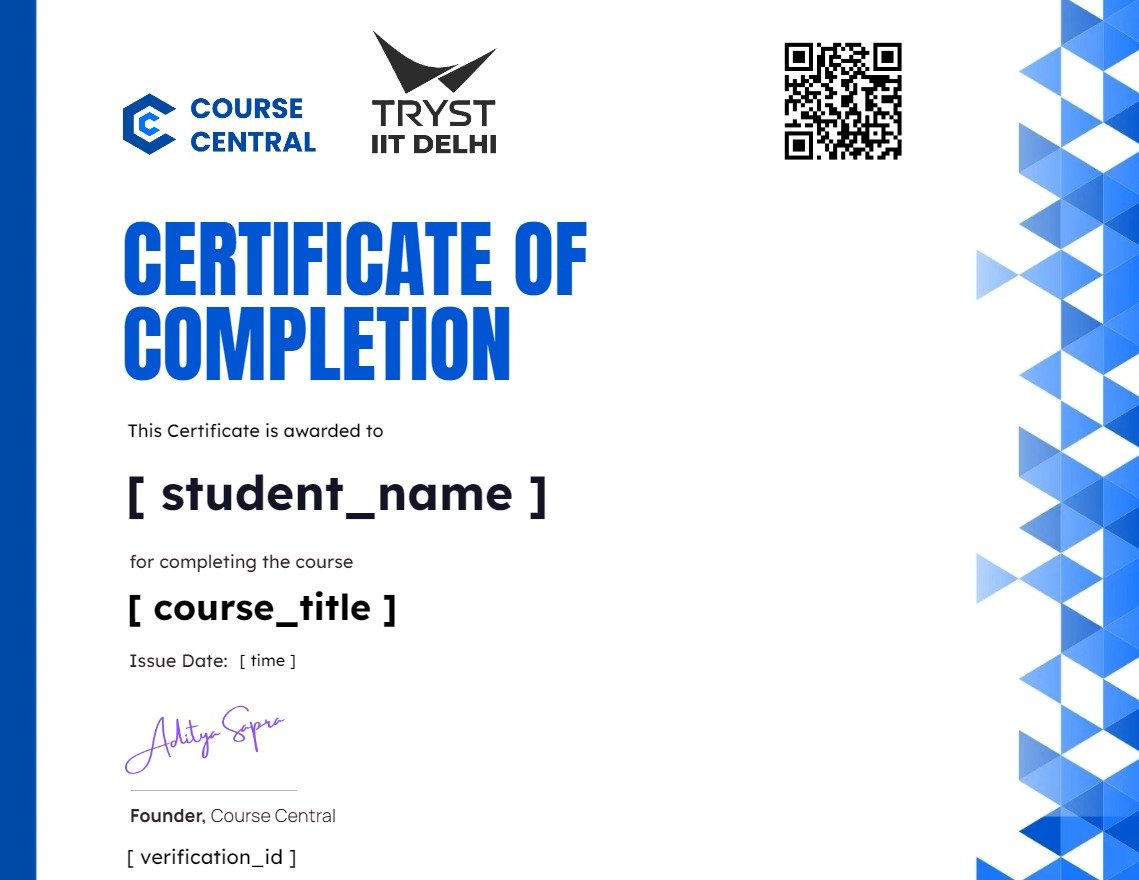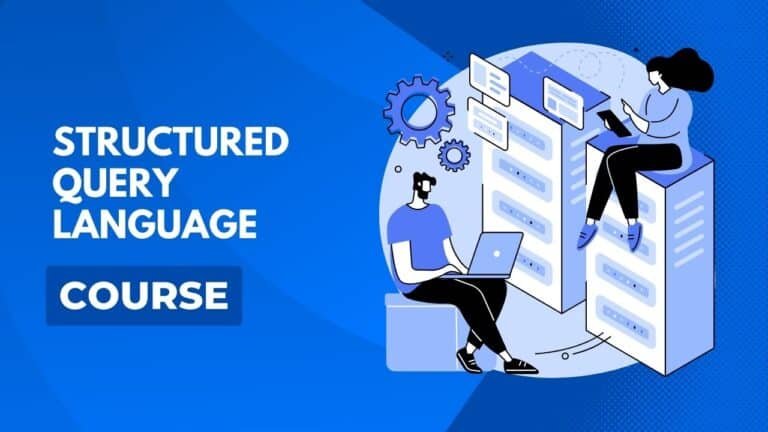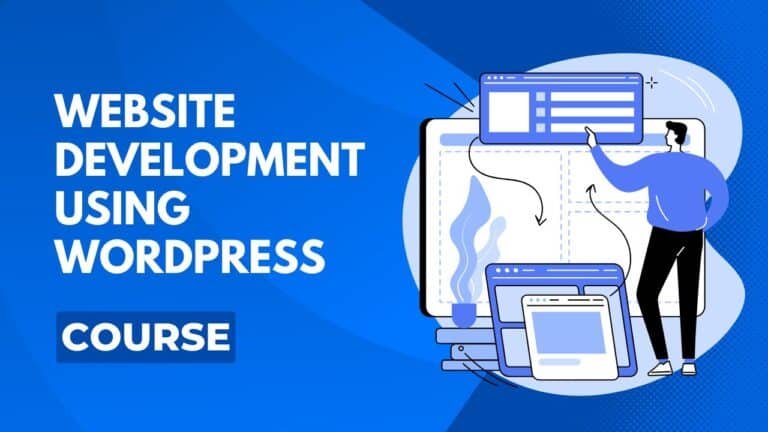
Website Development Using WordPress
Description
The Website Development Using WordPress course is designed to teach learners how to build professional, fully functional websites without needing deep coding knowledge. This course covers the essentials of WordPress, including installing and setting up themes, customizing layouts, managing content, and using plugins to extend website functionality. Students also learn about responsive design, SEO basics, and how to ensure their websites are user-friendly and mobile-optimized.
Ideal for beginners and aspiring web developers, this course combines theory with hands-on practice, enabling learners to create blogs, business sites, portfolios, or even e-commerce stores using WordPress and WooCommerce. By the end of the course, participants will be confident in designing and launching websites tailored to various needs, making them ready for freelance work, digital marketing roles, or starting their own web development journey.
-
LevelAll Levels
-
Last Updated23/10/2025
-
CertificateCertificate of completion
Demo Lecture
Course Curriculum
IMPORTANT INSTRUCTION
-
Read Before You Start
LETS GET STARTED
-
1. Overview – Introduction to WordPress
-
2. Hosting, Domains & Basic Setup
-
3. WordPress Dashboard Overview
-
4. Installing Plugins & Theme
-
5. Theme Customize Options
-
6. Introduction to Elementor + Global Fonts & Colors
-
7. Building Our First Page with Elementor
-
8. Mobile Responsiveness
-
9. Header & Footer with Astra
-
10. Templates in Elementor
-
11. Pop-Ups in Elementor + Adding Custom Code
-
12. Header & Footer with Elementor
-
13. Creating About Page
-
14. Contact Us Page & Custom CSS
-
15. Google Sheets Integration for Contact Form 7
-
16. Posts/Blogs in WordPress + Post SEO
-
17. Creating Blog Page
-
18. Creating Single Post Layout Template
-
19. Introduction to WooCommerce + WooCommerce Overview
-
20. Products in WooCommerce
-
21. Creating Single Product Layout Template
-
22. Customizing Shop Page
-
23. Payments Settings
-
24. Coupons in WooCommerce
-
25. Editing Fields in WooCommerce Checkout
-
26. WooCommerce Emails Customization
-
27. Tracking the Status of Orders in WooCommerce
-
28. Using Cartflows
-
29. Adding Privacy Policy
-
30. Website Performance Optimization
-
31. Website Security
-
32. Custom Post in WordPress
-
33. Doing Website SEO
-
34. Indexing on Google
-
35. Sub-Domains and Directories
-
36. Duplicating a WordPress Website
-
37. Editing Theme Functions
PROJECT
-
Project
MOCK INTERVIEW QNA
-
WordPress Mock Interview QNA
PROJECT SUBMISSION (OPTIONAL)
-
Project Submission
Certificate you will get
Add this certificate to your resume to demonstrate your skills & increase your chances of getting noticed.

-
LevelAll Levels
-
Last Updated23/10/2025
-
CertificateCertificate of completion








